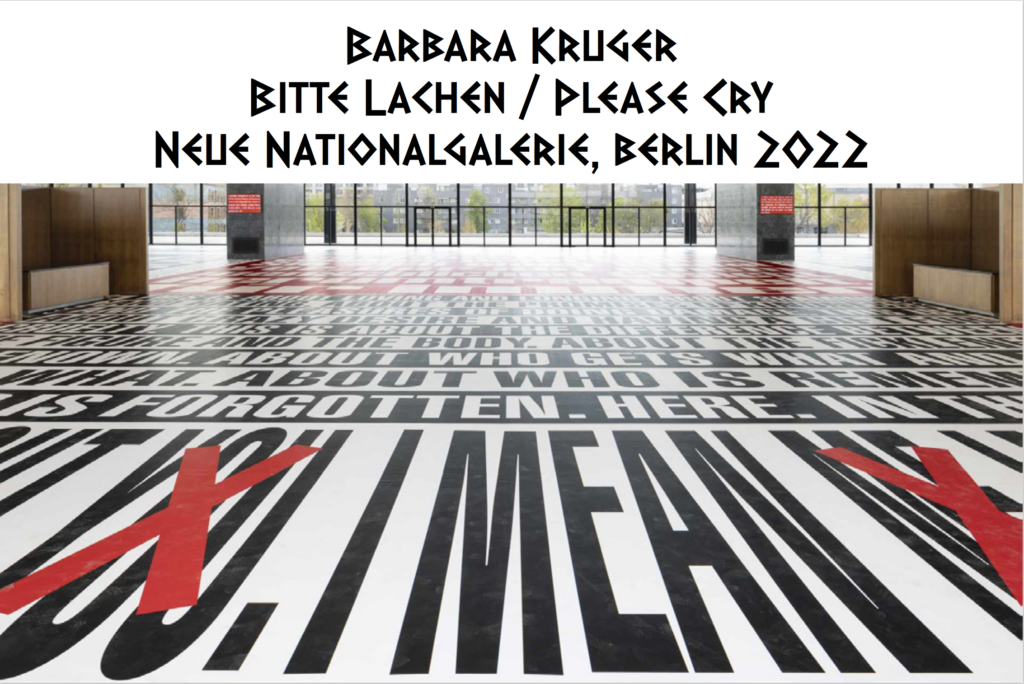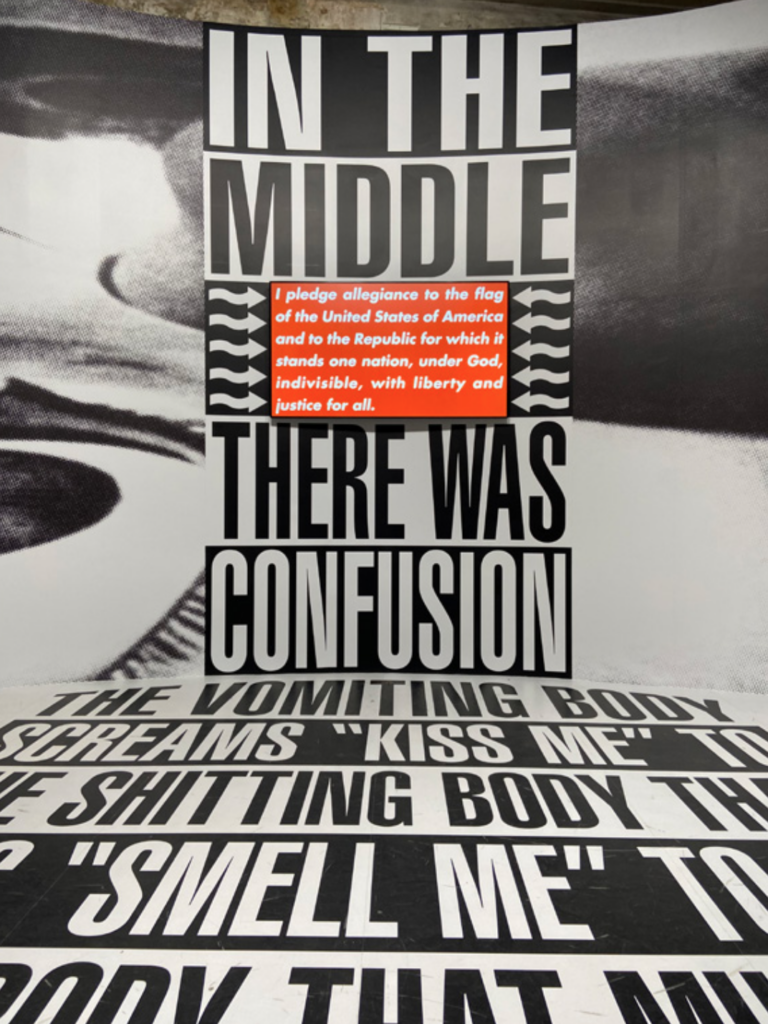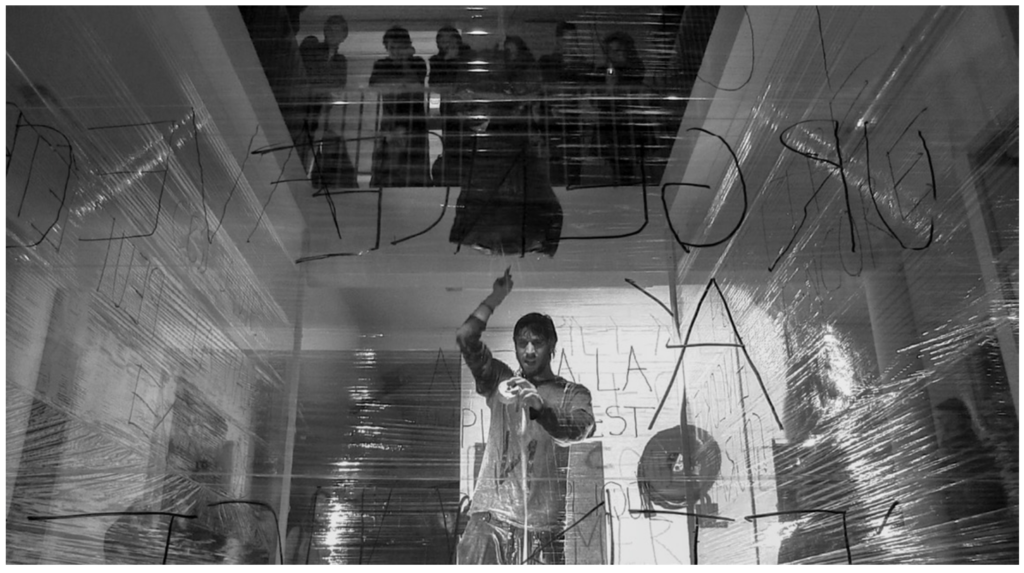Abre-Vía ( llorar es el atajo )
ABRE VÍA
no soy ese ser que seía ser
abrevia mejor
abre vía, respira o dilata
come meco
abre nuevas rutas
rutas diferentes
los entes difieren
fieras todos ellos
salvajes del alba
mafufadas
el sexo es dedos
detriciente
cuaternario
el cráter no es lo más profundo
mira hacía atrás
proyecta el futuro
la funda mental la llevamos todos
hay clavos también
calvos del corazón
soy un gordo metido en un flaco
no me importa pensar
adicto al pensamiento mentiroso
confusión de fusiones mezcladas ensimismadas
para no eco
el eco sí
estornudo
atrápame si puedes
soy mercado
walter
benjamin franco
ruptura sin ritmo
sin escalón
sin cachetes de banqueta
repite la ocasión
los pies duelen
las chanclas comidas de tu abuelo muerto – porque la retórica esta en bolsas de plástico
llena de impermeabilizante
raspar
o seguir leyendo
sin irse
ya están yendo todos a la lluvia
yo veía tu cara
y todo lo barato ya no se vendía
mas que en la noche
no sé porque
que por tus nalgas
te lo juro
que el lujo
es todo menos algas marinas
el siglo XX
es doble negación
tache doble
cruz sobre dos patas
quiero dormir y no puedo
mira el do
mira el re
do s toievsky
no lo leí
que leí?
abre vía
o pen
pluma rápida
es el atajo
el password
el truco
la llave
el túnel
la autopista
la autopsia
la psi
ensancha o recorta
tortuga o correcamino
camino que corre
no corro
no grito
si empujo
me corro
me gritan
no empujo
el rito
la roca
puja
usa taladro
usa martillo
usa caladora
la aviación del abreviar
te lleva rápido
menos tiempo
yo pido
el pide
todos pedimos
la poesia no pide velocidad
pide ra
pide ra ra ra
y no tiene porra
la prisa de la risa que multiplica la respiración
y como que regurgitamos
y como que escupimos un poco
y el ojo salta y la panza duele y los cachetes otra vez
no de las banquetas
si no de las abuelas
se contorsionan
las arrugas de la risa
son paciencia
de la velocidad de la carcajada
trazos de vías abiertas
fósiles de veredas expresivas
un rostro trabado y repetitivo
que no para de recordar
que conoce perfectamente sus formas en respuestas
de sus fondos
por eso ríe ríe ríe
y no pares
que el río pasa posa y pesa
lo que el viento corre
y cruza piedras
que rozan de roncar
roncar es la manifestación mas política de la noche
la policía
la festación
el ron
el coche
el motor
que pasa sin mirar
abre vía
el canal
apaga las estrellas
de la vision telescópica
copérnico fornicó mal















